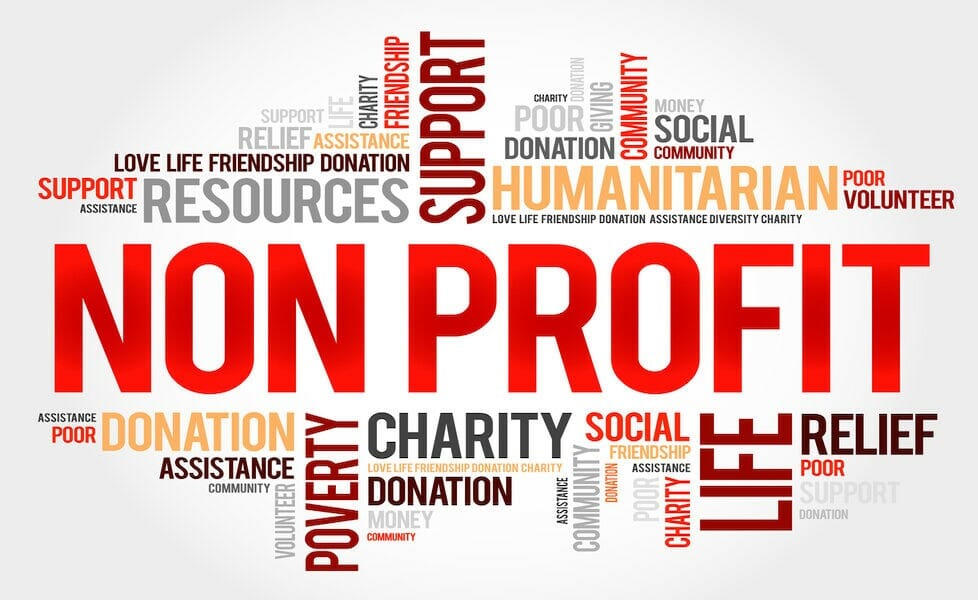5 Things You Need to Know Before You Start a Non-Profit

LINKS TO CONTENT
ToggleStarting a nonprofit can be an exciting and rewarding venture. You might have a cause in mind as the subject of the charity; however, that is only one job on the task list. There are a few things to put in place to get a nonprofit up and running and to get things going in the right direction. This post will take you through five essential tasks that you can’t skip over if you want to have success.
Defining your cause is paramount to any nonprofit. Without a clear, precise message, no one can understand your mission. Every charity stands for something. They are advocates for raising awareness of unjust causes and the face of movements lacking the proper support and attention. So, your cause needs to be laid bare in tailored language that is universally accessible.
So, how do you do this? You need a mission statement. A mission statement sets out who you are, what you stand for, and why you are trying to raise funds and awareness on that matter. It also suggests how you are going to achieve your goals and when you want to make these changes. You can create a condensed tagline with keywords and buzz phrases alongside your mission statement to keep people focused.
Who are you trying to address? This question needs answering so that you can adjust your strategies for particular groups of people. Different causes relate to other people, so accounting for this is essential. You can do this in several ways:
Focus Groups: These are groups of random people brought together to test responses to potential products and ideas. Focus groups can be utilized for research purposes, e.g., to determine how people of different ages with varying social backgrounds respond to your cause. These responses are recorded, and the data is then analyzed to determine the best response. This data then enables you to build a targeted marketing strategy.
Data Audits: Look at the donor profile to see who is donating and whether or not there is a pattern. Certain charities attract certain profiles, so it is essential to establish any trending data to focus on more potentially successful areas moving forward.
Market Research: Market research leads from focus groups. This can be on social media, in-person fundraising initiatives, or grand-scale events to raise awareness. All these things can show where your gaps are, what needs improving, and who is engaging with your cause.
Marketing is a broad concept, and there are many layers to sift through before deciding what suits your charity branch. Email marketing yields good results for nonprofits as it is a way to chat with your regular (and potential) donors regularly. When someone signs up with their email address, they receive a weekly (or monthly) newsletter with updates from your team about what you have been doing and why. This enables people to see where their money is going and their recent actions. Aside from email marketing, you can also use social media and a blog to post relevant content and charity updates. This direct line of communication with your audience can keep things up-to-date and more personal.
To operate legally as a charity, you must register with the government. To do this, check out your local government’s website, which will have all the information you need to comply with regulations and understand how you are allowed to operate within the law. The basic requirements are usually that you must:
These are all standard things to abide by, and they shouldn’t be hard to achieve once you have your idea on the table.
Most charities operate on a small scale, with thousands upon thousands of different types and new ones popping up all the time. These small charities still have to abide by the same rules as those operating globally, no matter how small the cause is. If you take people’s money for charitable purposes, you have a moral and legal responsibility to deal with the funds accordingly.
Any activities outside of the law will be punishable by incarceration, fines, and disbandment of the nonprofit. Of course, all charities are allowed to rally for their cause, but this has to be done respectfully of people’s time and personal space. You won’t run into any trouble if you follow the above rules.
Budgeting does not come naturally to everyone, but having an airtight financial model for your charity is essential. Without it, you are culpable, legally and morally. There must be clear donation trails and veritable accounts of where this money goes and when. If you need help with budgeting, consider using one of these nonprofit budget template options from Givebutter. Givebutter is the go-to arena for everything to do with running a charity. They have a top selection of information guides and everything you need to know about getting started, keeping going, and finding success with your charity venture. Get started with their nonprofit budget template.
Your nonprofit’s success will depend on how you decide to run it. The well-known charities are recognized owing to their financial savvy, keen and clear marketing, and the time they take to get to know their target demographic. But you don’t have to be big and famous to succeed as a nonprofit. There are always new causes to fight for; now is as good a time as any to start something benevolent and unique.
As an experienced business and finance writer I understand the corporate landscape and the driving forces behind it. Over the years I’ve shared my insight and knowledge with key industry publications and dedicated my time to showing how business leaders can make their organisations more effective.
